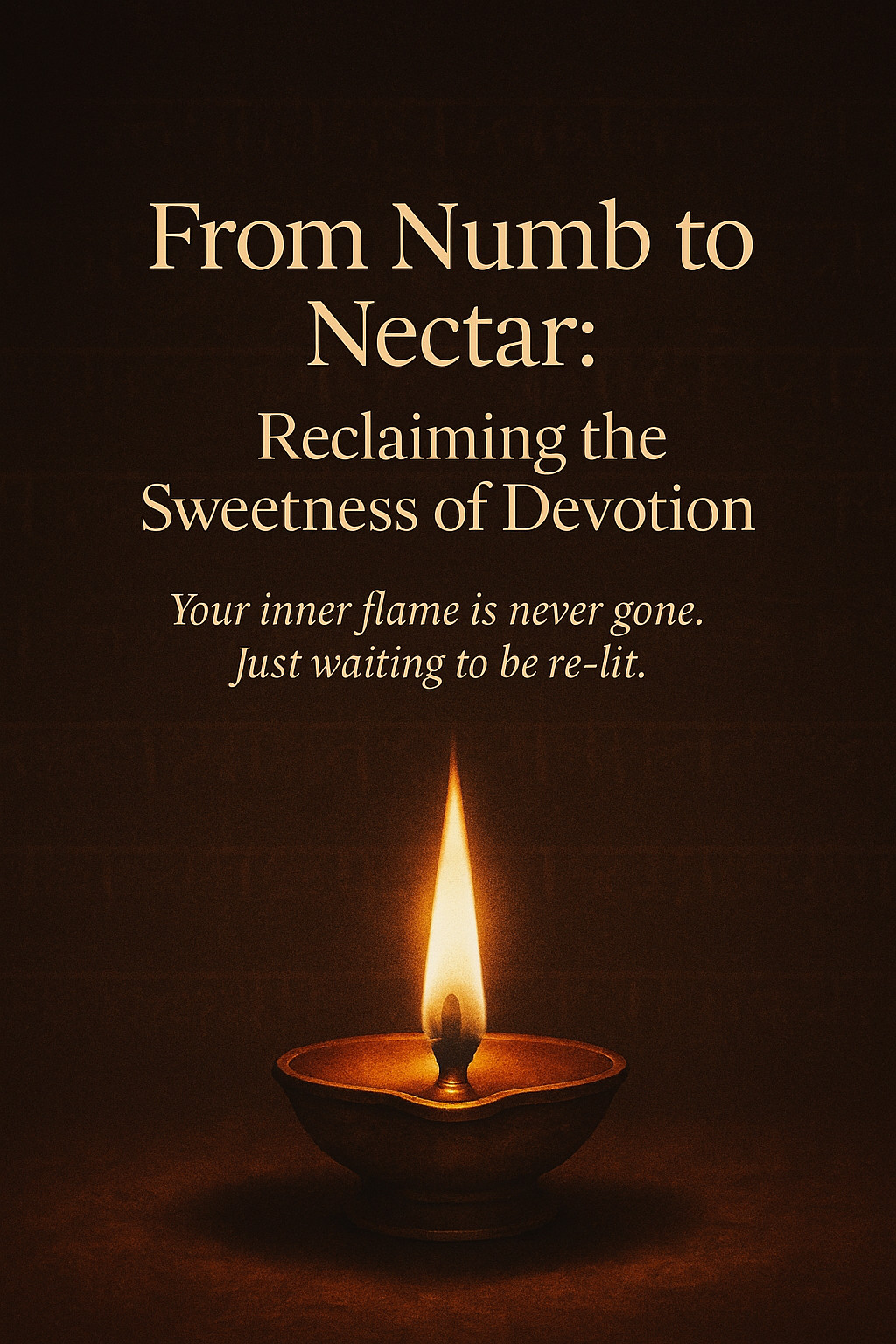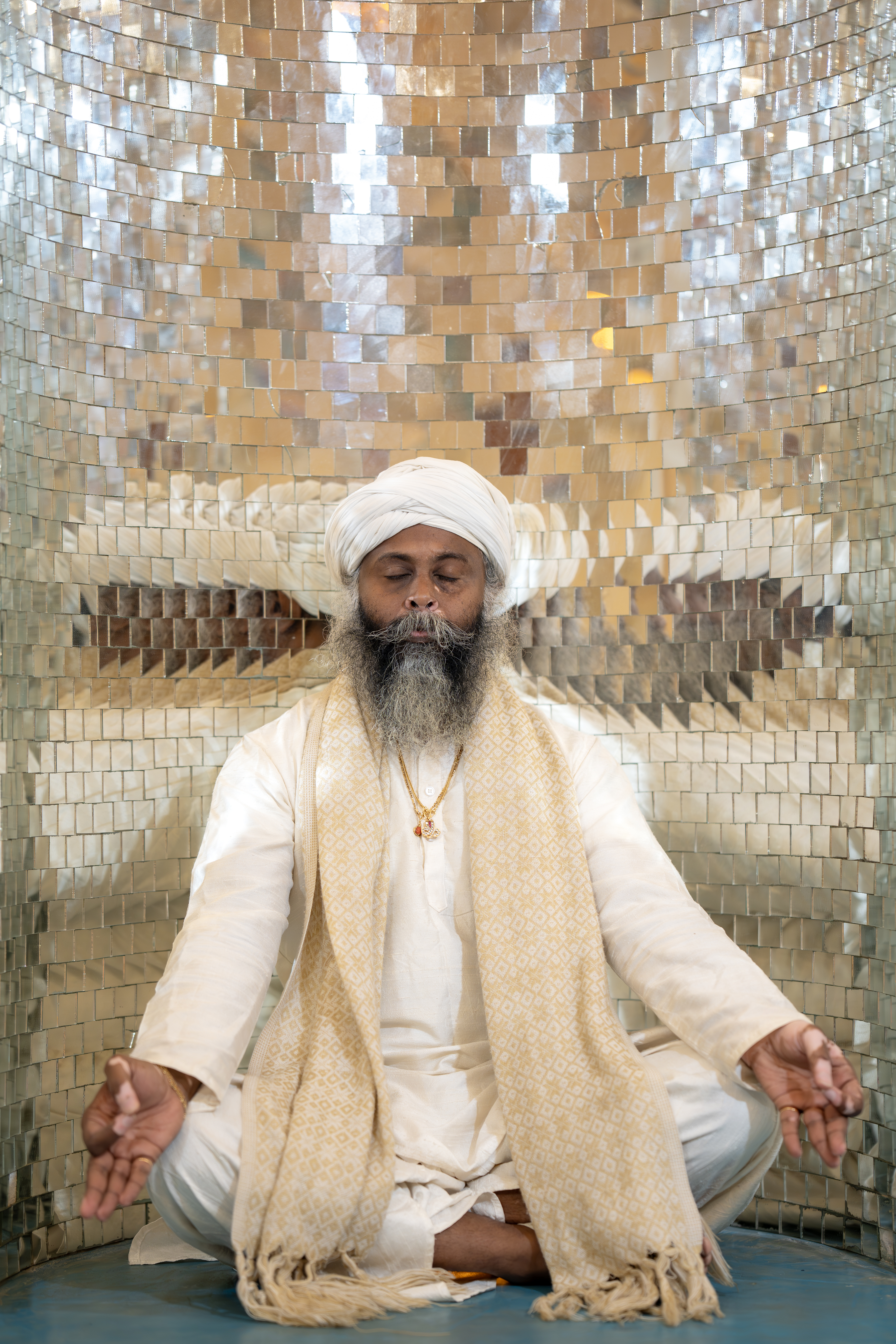Dhanvantari, the revered Hindu deity of medicine and healing, embodies the essence of Ayurveda, the ancient Indian system of holistic health. Emerging from the cosmic event of *Samudra Manthana*, where gods and demons churned the ocean for the nectar of immortality, Dhanvantari brought forth the sacred *Amrita*, highlighting the divine link between health, life, and spirituality. This narrative underscores the holistic approach to healing that integrates physical well-being with spiritual balance, which is central to Ayurvedic wisdom.
As the father of Ayurveda, Dhanvantari passed down the knowledge of balancing mind, body, and spirit, foundational for vibrant health. Ayurveda emphasizes living harmoniously with nature, preventive care, and understanding individual constitution for personalized health practices. His teachings encourage lifestyle choices that foster long-term vitality, exemplified by mindful eating and natural remedies, reflecting the enduring relevance of these ancient principles in today’s fast-paced world.
Dhanvantari's symbolism, including the pot of *Amrita* and healing herbs, serves as a reminder of the natural sources of health and the importance of self-care. His teachings advocate that true wellness is achieved through aligning with nature and listening to our bodies, ensuring balance and harmony. In modern times, incorporating Ayurvedic practices inspired by Dhanvantari into daily life can provide a pathway to health, healing, and spiritual growth, allowing us to thrive amidst contemporary challenges.
Dhanvantari, revered in Hindu tradition as the god of medicine and healing, epitomizes the holistic wisdom of Ayurveda—a system that marries health with spiritual well-being. Emerging from the cosmic ocean during the Samudra Manthana with Amrita, the nectar of immortality, Dhanvantari symbolizes the divine gift of healing and longevity. His story illustrates that true healing extends beyond the physical, serving as a spiritual process that achieves balance and vitality.
As the father of Ayurveda, Dhanvantari handed down a legacy of wellness centered on balancing mind, body, and spirit. Ayurveda emphasizes prevention, harmony with nature, and understanding individual constitution for vibrant health. By incorporating Ayurvedic practices into daily life, such as mindful eating and self-care, we can rediscover our innate ability to maintain well-being and resilience in our modern world.
Dhanvantari's teachings remind us that health serves as the foundation for all aspects of life, underscoring that healing is both an art and a devotion. His special day, Dhanvantari Jayanti, celebrated just before Diwali, invites people to seek his blessings for wellness and protection. By honoring our bodies and embracing nature’s wisdom, Dhanvantari’s divine presence guides us toward a harmonious and balanced life.
Read more...Navaratri, the nine-day festival of devotion, focuses on honoring the nine forms of Goddess Durga, with the third day dedicated to Goddess Chandraghanta. Known for her strength and fierce determination, Chandraghanta symbolizes the transformation of energy into action. Her presence is believed to help devotees overcome obstacles, instilling courage, strength, and inner peace.
Chandraghanta, depicted with a crescent moon resembling a bell on her forehead, rides a tiger and wields multiple weapons, embodying fearlessness and divine feminine energy. While her warrior-like form signifies protection, her emanation of peace and serenity highlights the balance between power and inner calm. She represents the Manipura Chakra, focusing on willpower, discipline, and courage.
Devotees engage in rituals, prayers, and the recitation of specific mantras to honor Chandraghanta, often wearing red to symbolize passion and power. Day 3 is about channeling divine energy to transform fears into faith and challenges into stepping stones for personal growth. Chandraghanta teaches that true power lies in mastering one's fears with courage, love, and mindful action.
Read more...In ancient Indian alchemy and traditional practices, there is a concept known as **"Navapashanam"** (meaning "nine poisons" or "nine deadly metals"), which refers to a unique combination of nine different metals or elements believed to have healing properties when mixed in specific proportions. Statues or idols made from these metals are sometimes said to hold the power to cure diseases and bring spiritual benefits.
The nine metals typically include:
1. **Gold**
2. **Silver**
3. **Copper**
4. **Iron**
5. **Tin**
6. **Zinc**
7. **Mercury**
8. **Lead**
9. **Bell metal (a bronze alloy)**
The idea behind Navapashanam is that these metals, when combined in precise proportions by highly skilled artisans and alchemists, undergo a transformation, balancing their potentially harmful properties and unlocking their medicinal and spiritual benefits. Such statues or idols are often used in traditional Hindu rituals, believed to bring blessings, good health, and longevity.
Historically, these metals have been associated with certain cosmic energies, and they symbolize different planetary influences in **Jyotisha** (Vedic astrology). The use of Navapashanam is not widely known or practiced in modern times, but there are still devotees and traditional healers who believe in its powers.
**Healing Properties:**
It is believed that water poured over a Navapashanam statue absorbs the curative energies of the metals. Drinking this water or using it for bathing is thought to provide relief from ailments, improve vitality, balance the body’s energies, and even cure chronic diseases. Some also claim that the statue radiates healing energy, which can benefit anyone near it.
**Spiritual Benefits:**
In addition to its health-related benefits, Navapashanam is also seen as a spiritual tool. The mixture of metals is believed to balance planetary energies, ward off negative forces, and enhance one’s overall spiritual well-being.
### The Legend of Siddhars
Navapashanam is often linked to the Siddhars, ancient Tamil mystics and yogis who were said to possess profound knowledge of alchemy, medicine, and spirituality. According to legend, they used their knowledge of metals and minerals to create Navapashanam statues and medicinal preparations that could cure any disease and even grant immortality.
While modern science has not validated these claims, the lore around Navapashanam persists in certain spiritual circles, especially in South India.
### Conclusion
Though the idea of a statue made of "9 deadly metals" curing all diseases may sound extraordinary, it is a part of ancient Indian alchemical traditions that focus on the transformative power of metals. Whether viewed as a mystical practice or simply a fascinating cultural tradition, the Navapashanam concept speaks to the timeless human quest for healing and the merging of spiritual and physical well-being.
In Vedic astrology, the 27 Yogas are crucial planetary combinations that significantly influence a person's life experiences. These Yogas are derived from the Moon's position relative to the Sun, each characterized by distinct influences. For instance, Vishkambha signifies strength and a prosperous life, while Priti encourages love and friendship.
Some Yogas, such as Ayushman and Saubhagya, promote health, longevity, and fortune, whereas others like Atiganda and Shoola indicate challenges and potential conflicts. Yogas like Shobhana and Dhriti emphasize beauty and mental calmness, respectively. Meanwhile, Harshana and Siddhi encourage joy and accomplishment, showcasing the diverse spectrum of effects these Yogas can have.
Consulting an experienced astrologer is essential for understanding these Yogas as they can interpret them based on an individual's specific birth chart. Such insights can provide clarity on personal strengths, challenges, and opportunities rooted in the unique interplay of celestial bodies.
Read more...Invisible loyalties within family systems often lead individuals to unconsciously replicate the same narratives across generations, whether it’s experiencing loneliness, divorce, or familial diseases. These patterns, driven by a concept known as "good conscience," compel individuals to follow family paths out of a sense of duty or tradition, resulting in what is referred to as "blind love." The blog post explores how one can break free from these cycles by embracing "bad conscience," not as wrongdoing but as a step towards individuation and "enlightened love."
"Enlightened love" empowers individuals to craft their unique paths, moving beyond family expectations. To achieve this, individuals are encouraged to stop criticizing their family systems and instead practice acceptance and understanding of their family members. Honoring ancestors for their efforts, practicing daily gratitude, and embracing life with humility are key steps in connecting with this enlightened form of love and breaking the cycle of repeating family history.
By recognizing and honoring both the light and dark aspects of family history, individuals can liberate themselves from its relentless repetition, as noted by Bert Hellinger. This process allows one to build a personal legacy driven by enlightenment and self-determined love. Ultimately, this approach offers the freedom to shape one's destiny differently, fostering personal growth and fulfillment.
Read more...
